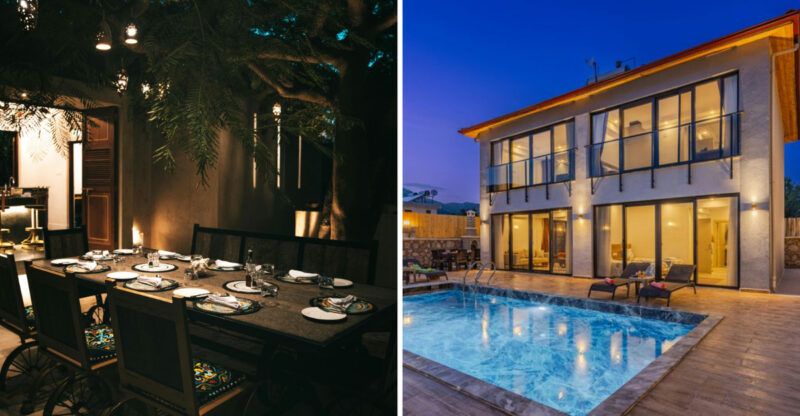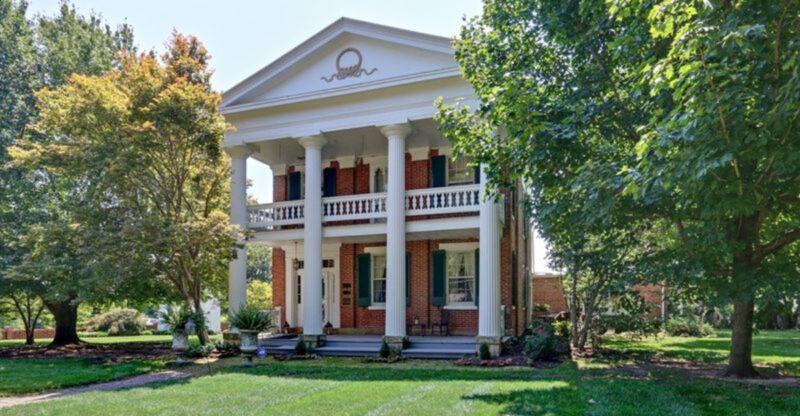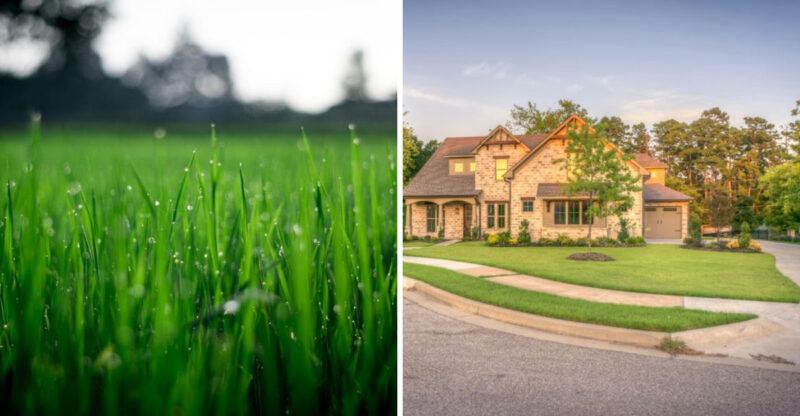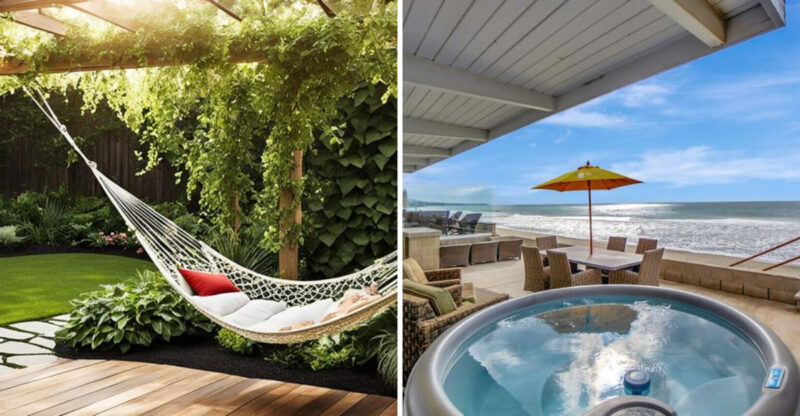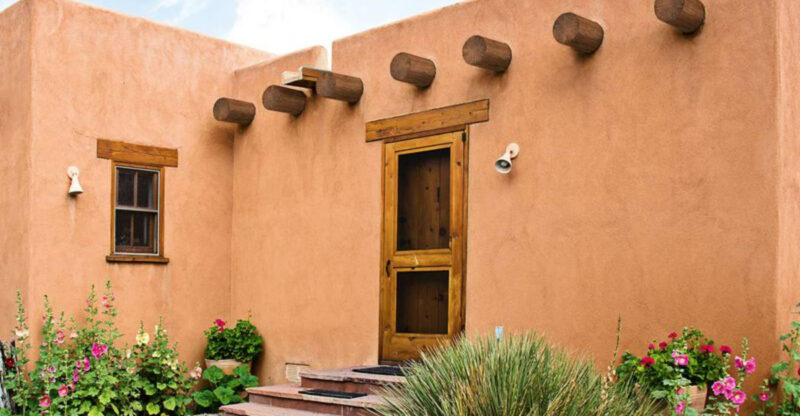From Brick To Porch Detail 7 Historic Toledo Exteriors And 5 That Steal The Show
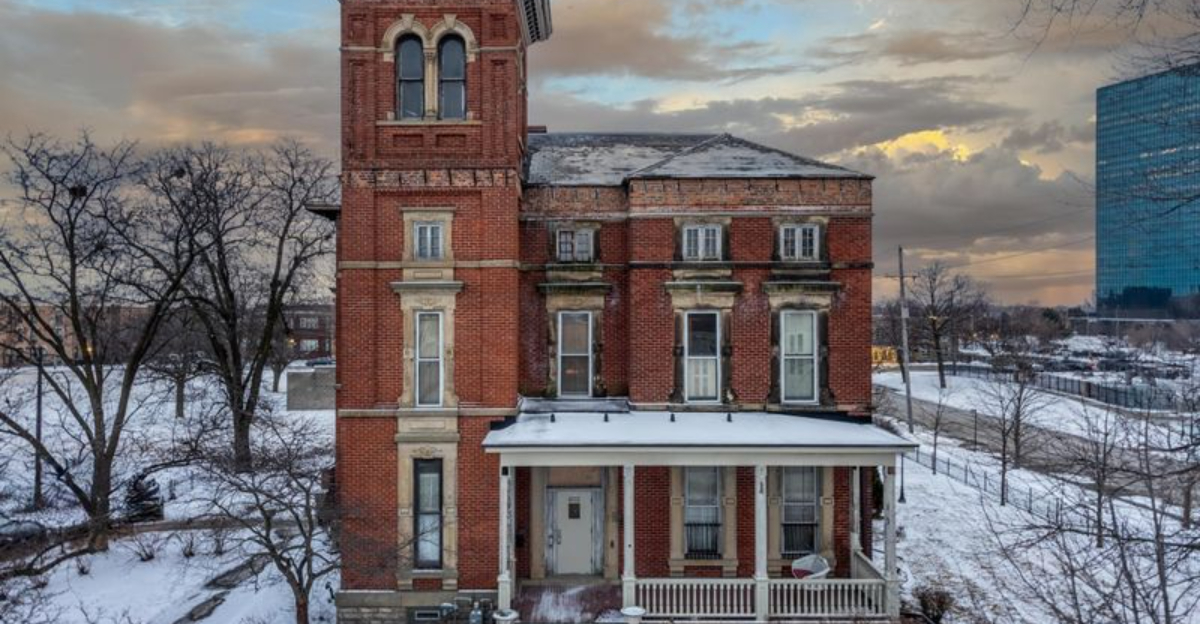
Toledo’s streets are like an outdoor museum of architectural history.
Walking through neighborhoods like the Old West End or Vistula District, you’ll spot stunning homes that tell stories of different eras and design movements.
These historic exteriors showcase incredible craftsmanship that modern builders rarely attempt today. Let’s explore twelve remarkable Toledo architectural treasures that make our city special.
1. Classic Red Brick Foursquare
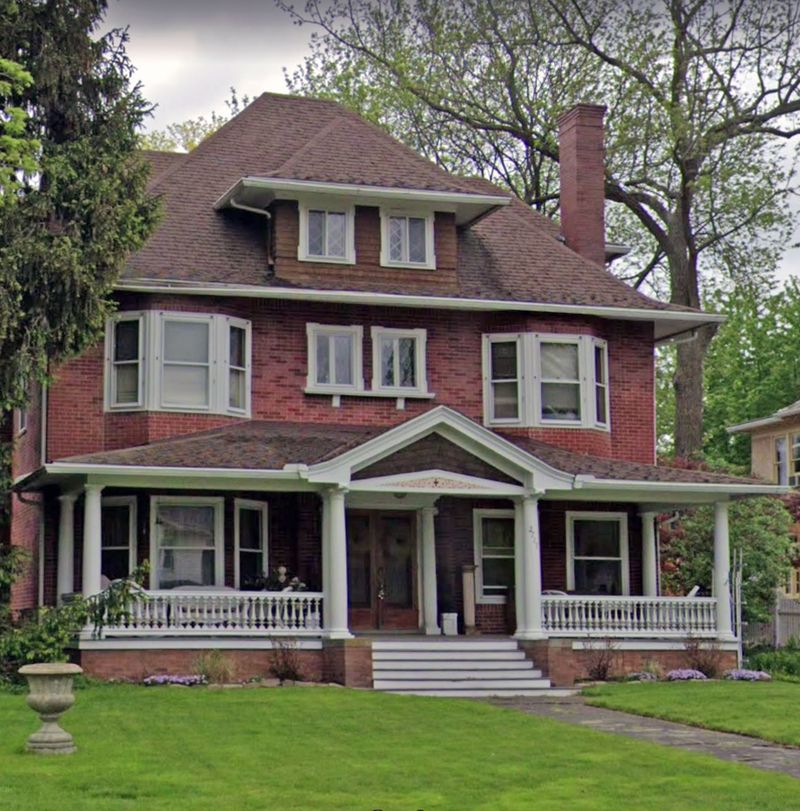
Standing proudly throughout Toledo’s historic districts, red brick Foursquare homes represent practical American elegance from the early 1900s. Their symmetrical design features two full stories, a wide front porch, and that distinctive brick exterior that has weathered a century of Toledo seasons.
If you visit the Old West End, you’ll notice how these homes maintain their dignified presence with minimal ornamentation. The craftsmanship speaks through clean lines and solid construction rather than fancy details.
Residents cherish these homes for their spacious interiors, high ceilings, and hardwood floors. Many original features remain intact, including built-in cabinets, pocket doors, and sometimes even the old speaking tubes that served as the home’s first intercom system.
2. Victorian Gable Trim
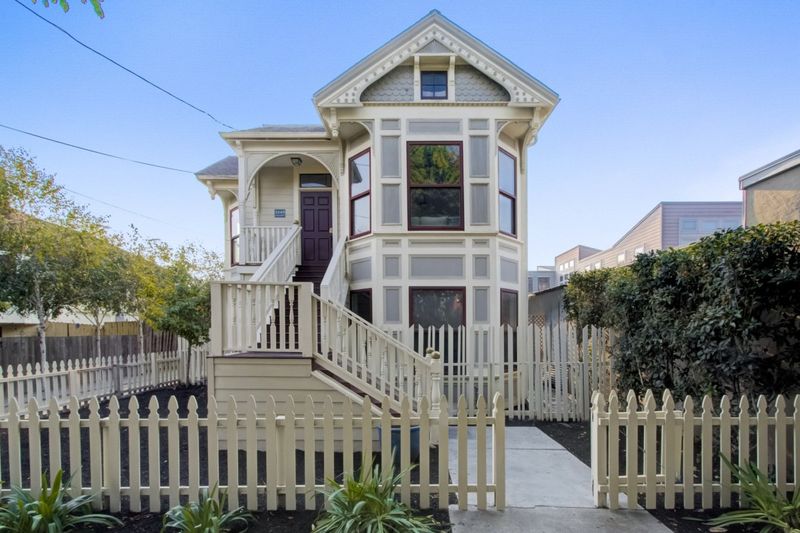
Intricate wooden trim adorning the gables of Toledo’s Victorian homes creates a fairytale-like appearance that stops passersby in their tracks. Skilled craftsmen carved these decorative elements by hand, using techniques that few modern builders have mastered.
During Toledo’s economic boom in the late 1800s, homeowners displayed their prosperity through these ornate wooden details. The more elaborate the gingerbread trim, the more prestigious the home was considered.
Weather and time have tested these delicate wooden features. Homeowners who restore rather than replace these elements preserve an important piece of Toledo’s architectural heritage. The sunlight catching these detailed wooden patterns creates a different visual experience depending on the time of day.
3. Craftsman Bungalow Porch
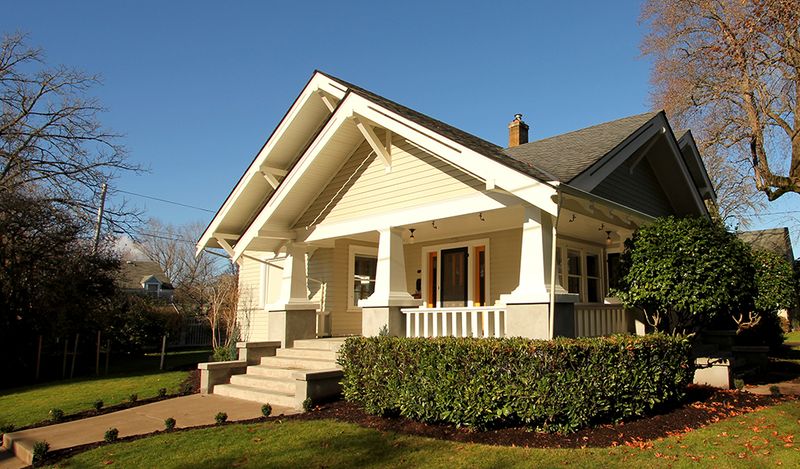
Wide, welcoming porches define Toledo’s Craftsman bungalows, creating outdoor living spaces that connect homes to their neighborhoods. These porches typically feature tapered columns resting on stone or brick pedestals, with low-pitched roofs extending naturally from the main structure.
Homeowners in neighborhoods like Old Orchard treasure these porches as three-season rooms where they can watch children play or chat with neighbors passing by. The design promotes community interaction in a way that modern housing developments often miss.
Original details like exposed rafter tails and decorative brackets showcase the Craftsman philosophy of honest, handmade construction. Many Toledo bungalow porches retain their original woodwork, though maintaining these century-old elements requires dedicated care from their owners.
4. Neoclassical Columned Entry
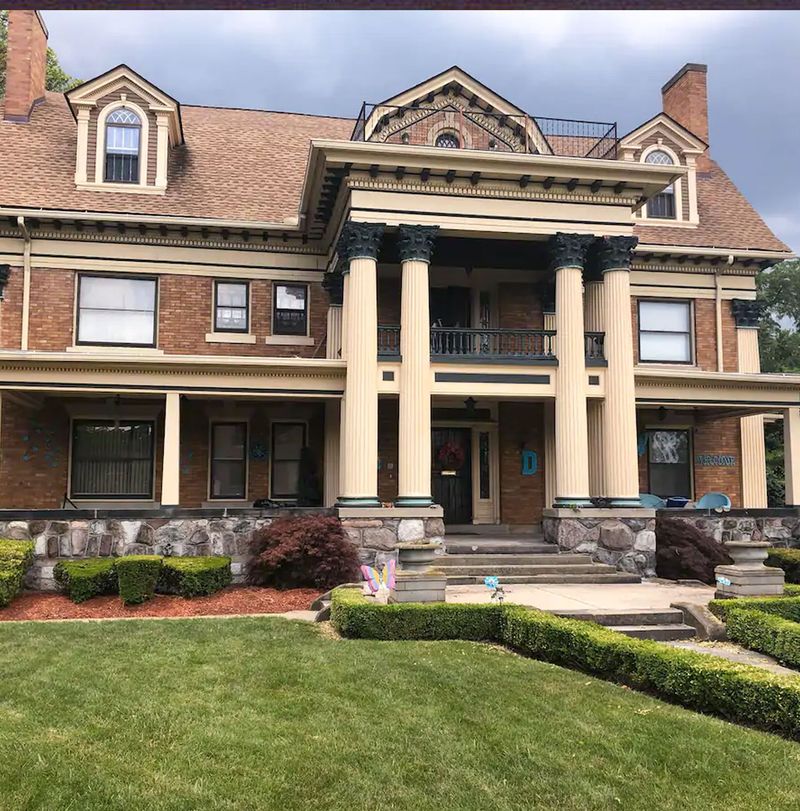
Grand columns frame the entrances of Toledo’s neoclassical homes, creating a sense of permanence and stability that has endured for generations. These impressive architectural elements draw inspiration directly from ancient Greek and Roman temples, bringing classical ideals to Midwestern streets.
Around Toledo’s Collingwood Boulevard, several notable examples showcase perfectly proportioned columns supporting triangular pediments. The scale of these entrances makes even modest-sized homes feel monumental and important.
Historically, these homes belonged to Toledo’s business leaders and civic figures who wanted their residences to reflect their social standing. Today, homeowners who maintain these columned entrances preserve not just architectural details but symbols of Toledo’s prosperous industrial era when the city’s economy rivaled much larger metropolitan areas.
5. Prairie-Style Horizontal Lines

Low-slung roofs and emphasized horizontal lines characterize Toledo’s Prairie-style homes, creating a distinctive silhouette that seems to emerge organically from the Midwest landscape. These architectural features reflect Frank Lloyd Wright’s influence on Toledo’s early 20th century development.
Windows arranged in horizontal bands allow natural light to flood interior spaces while maintaining the home’s connection to earth rather than sky. The overall effect gives these homes a grounded, stable appearance that contrasts with the vertical emphasis of Victorian architecture.
Though less common than other styles in Toledo, several excellent examples can be found in the Ottawa Hills neighborhood. Their clean lines and integrated design with nature made them revolutionary when built and continue to feel surprisingly modern compared to their contemporaries.
6. Tudor Half-Timber Detailing
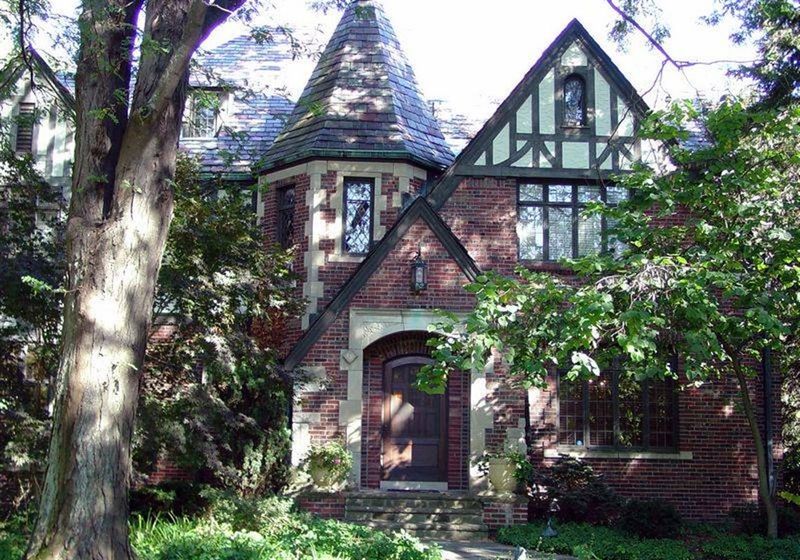
Distinctive dark wooden beams contrast against light-colored stucco on Toledo’s Tudor Revival homes, creating a medieval-inspired pattern that adds character and visual interest. These decorative half-timber details mimic actual structural elements from English buildings constructed centuries ago.
Walking through neighborhoods like Ottawa Hills reveals how these homes bring old-world charm to Toledo’s landscape. The wooden beams often form intricate patterns herringbone, diamonds, or simple crosses that break up the exterior walls into visually pleasing sections.
Many Tudor homes feature steeply pitched roofs with multiple gables, creating a storybook quality that appeals to romantics. Though not as numerous as Colonial or Victorian styles in Toledo, these homes stand out for their unique character and the way they transport viewers to another time and place.
7. Italianate Tall Windows
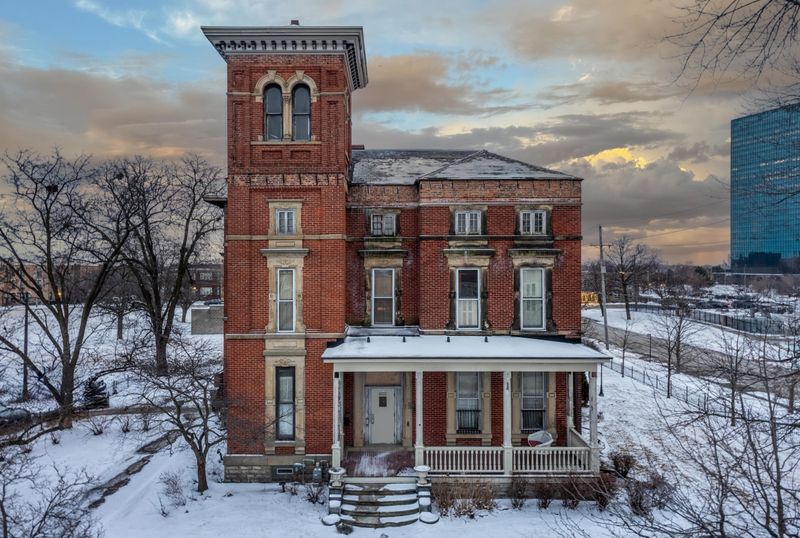
Elongated windows with ornate hoods distinguish Toledo’s Italianate homes, creating elegant facades that capture attention with their vertical emphasis. These distinctive windows typically feature rounded tops and elaborate decorative surrounds made of wood, stone, or metal.
During Toledo’s Victorian-era growth, wealthy merchants and industrialists favored this architectural style for its sophisticated European influences. The tall windows served practical purposes too they allowed maximum light and air circulation in pre-electricity days.
Several excellent examples line streets in the Vistula Historic District, where Toledo’s earliest wealthy residents built their homes. The windows’ proportions create a sense of grandeur, making even modestly-sized buildings appear taller and more imposing. Their ornate details demonstrate the skilled craftsmanship available in Toledo during the late 19th century.
8. Restored Art Deco Facade
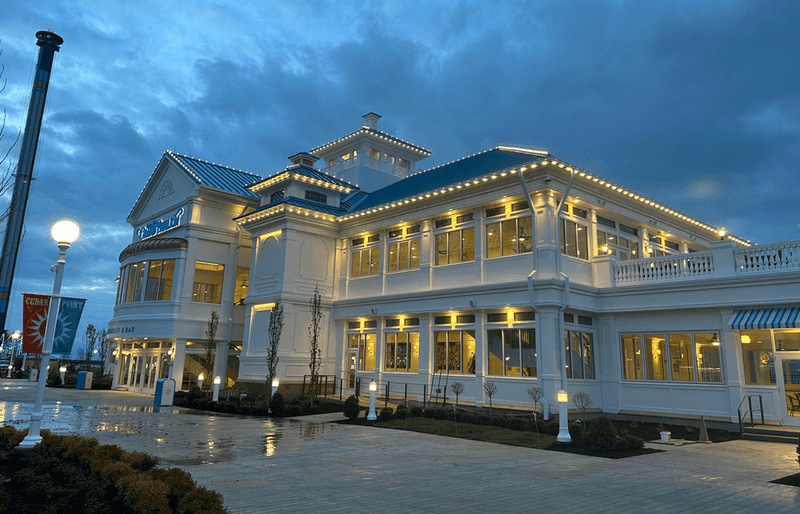
Geometric patterns and sleek lines transform ordinary buildings into showstoppers through Toledo’s restored Art Deco facades. The Valentine Theatre stands as perhaps the most famous example, with its distinctive stepped design and decorative elements that capture the optimistic spirit of the 1920s and 30s.
Art Deco arrived as Toledo’s glass industry was booming, influencing how architects incorporated decorative glass elements into these modern designs. The style embraced new materials and technologies while maintaining a sense of glamour through metallic finishes and bold color contrasts.
Preservation efforts have saved several remarkable Art Deco structures from demolition, allowing modern Toledo residents to experience this distinctive architectural moment. The clean lines and geometric ornamentation feel simultaneously vintage and timeless, explaining why these buildings continue to captivate our attention nearly a century later.
9. Ornate Queen Anne Porch
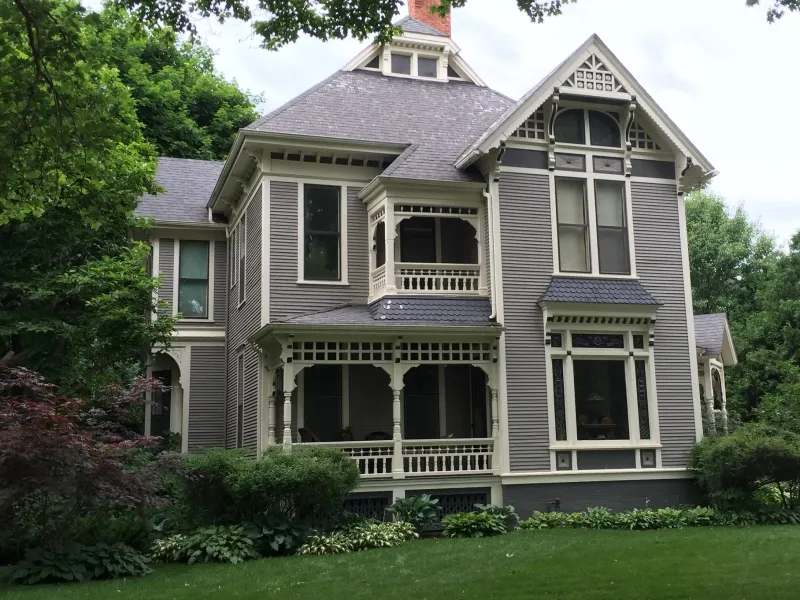
Whimsical turned spindles and decorative brackets transform Toledo’s Queen Anne porches into architectural wonderlands that showcase Victorian craftsmanship at its most playful. These porches often wrap around corners, creating expansive outdoor rooms adorned with an almost excessive level of wooden detailing.
The Old West End neighborhood contains Toledo’s finest examples, where homeowners have meticulously restored these intricate wooden elements to their original glory. Different wood turning patterns might appear on a single porch, demonstrating how Victorian homeowners used their porches as canvases for artistic expression.
Beyond their decorative appeal, these porches served as important social spaces where families could enjoy summer evenings while maintaining proper Victorian decorum by remaining visible to passersby. Today, they host neighborhood gatherings and porch concerts that continue their tradition as semi-public spaces.
10. Mid-Century Modern Flat Roof
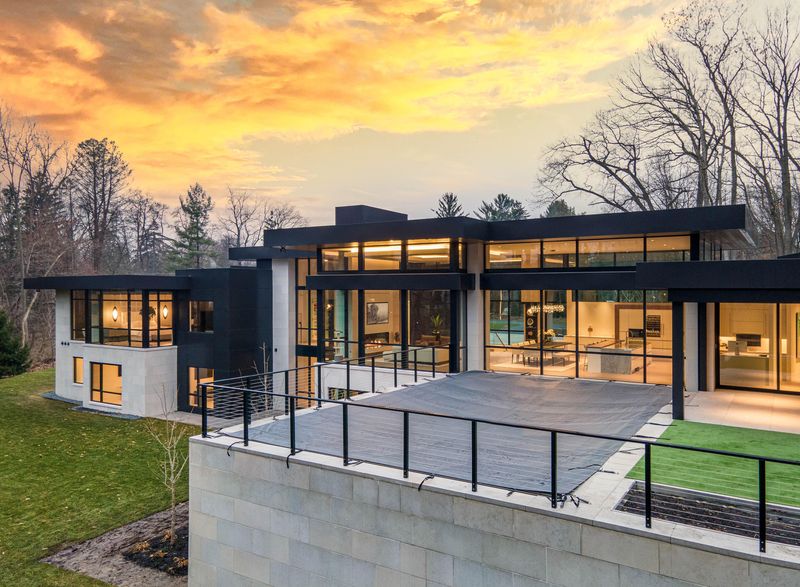
Clean horizontal lines and dramatic flat roofs make Toledo’s mid-century modern homes architectural standouts that break from traditional designs. These innovative homes, built primarily between 1945-1975, embrace modernist principles with their emphasis on functionality, open floor plans, and integration with nature.
Ottawa Hills contains several noteworthy examples where architects experimented with large windows, minimal ornamentation, and honest expression of materials. The flat roofs create distinctive silhouettes against Toledo’s skyline, immediately identifying these homes as products of mid-century optimism and forward-thinking design.
Many feature dramatic roof overhangs that provide shade while visually extending the horizontal lines. Unlike earlier architectural styles that looked to the past for inspiration, these homes represented a clean break with tradition making them particularly striking when spotted among Toledo’s predominantly traditional housing stock.
11. Revival-Style Arched Entryway
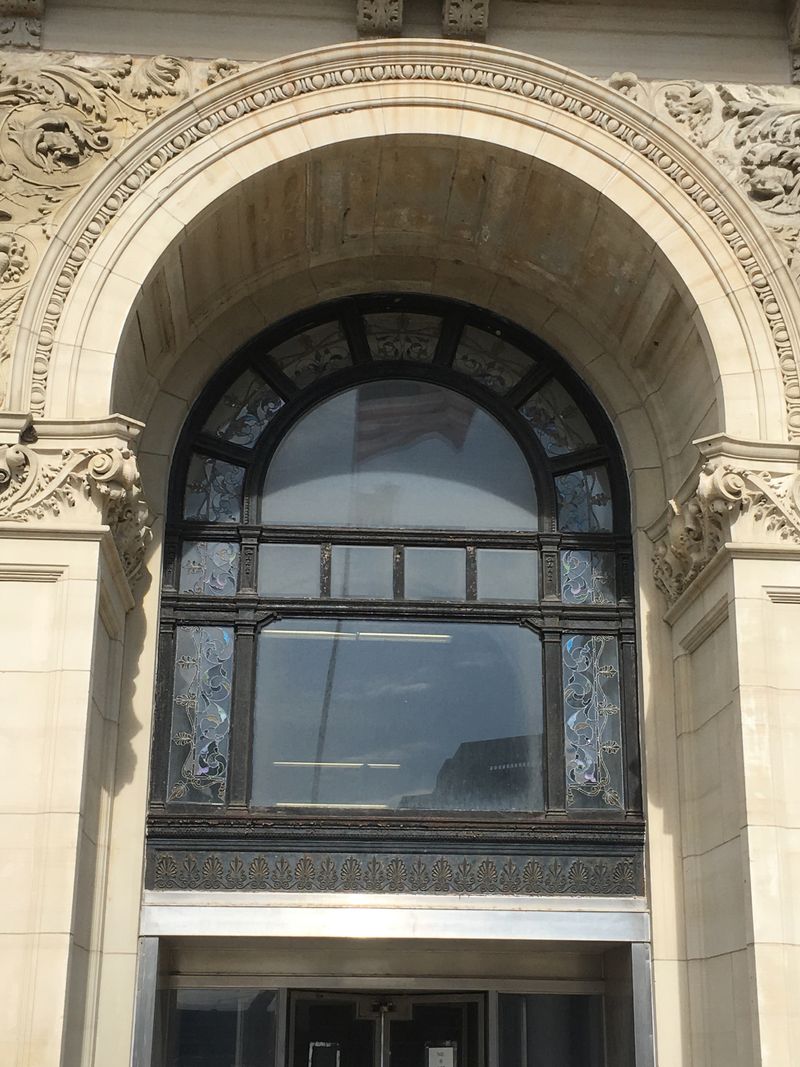
Graceful curves and perfect proportions define the arched entryways of Toledo’s revival-style buildings, creating focal points that draw the eye and welcome visitors. These architectural features appear across various revival styles Spanish, Mediterranean, Colonial, and Tudor each putting its unique spin on the classic arch form.
The Toledo Club building showcases one of downtown’s most impressive arched entrances, with its Renaissance Revival styling making a statement about the institution’s prominence. In residential neighborhoods, more modest versions grace homes throughout the city, often featuring decorative keystones or carved details that add personality.
Unlike straight-lined doorways, arches create a sense of transition and passage that psychologically prepares visitors to enter a special space. Their timeless appeal explains why arched entryways continue to appear in new Toledo construction, connecting contemporary buildings to architectural traditions thousands of years old.
12. Limestone Church Spires
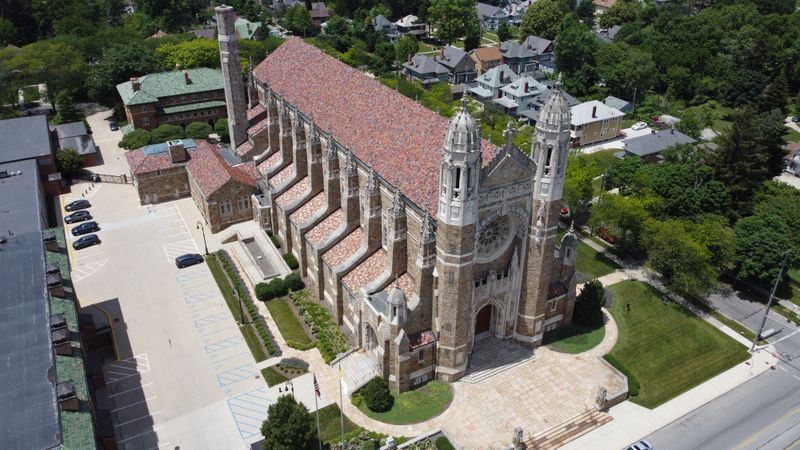
Soaring limestone spires reach toward the heavens from Toledo’s historic churches, creating distinctive silhouettes visible from miles away. These architectural features served both practical and symbolic purposes marking gathering places for communities while pointing believers’ thoughts upward.
Rosary Cathedral represents Toledo’s most magnificent example, its Gothic-inspired tower standing as a testament to the skilled stoneworkers who shaped each limestone block. Many of these craftsmen were immigrants who brought European masonry techniques to Toledo, creating structures that have withstood decades of harsh Midwest weather.
The limestone itself tells a geological story, often quarried from nearby locations in Ohio, Indiana, or Michigan. When sunlight hits these towers at different times of day, the stone’s color shifts from bright white to warm honey tones, giving these landmarks a living quality that changes with the seasons.

